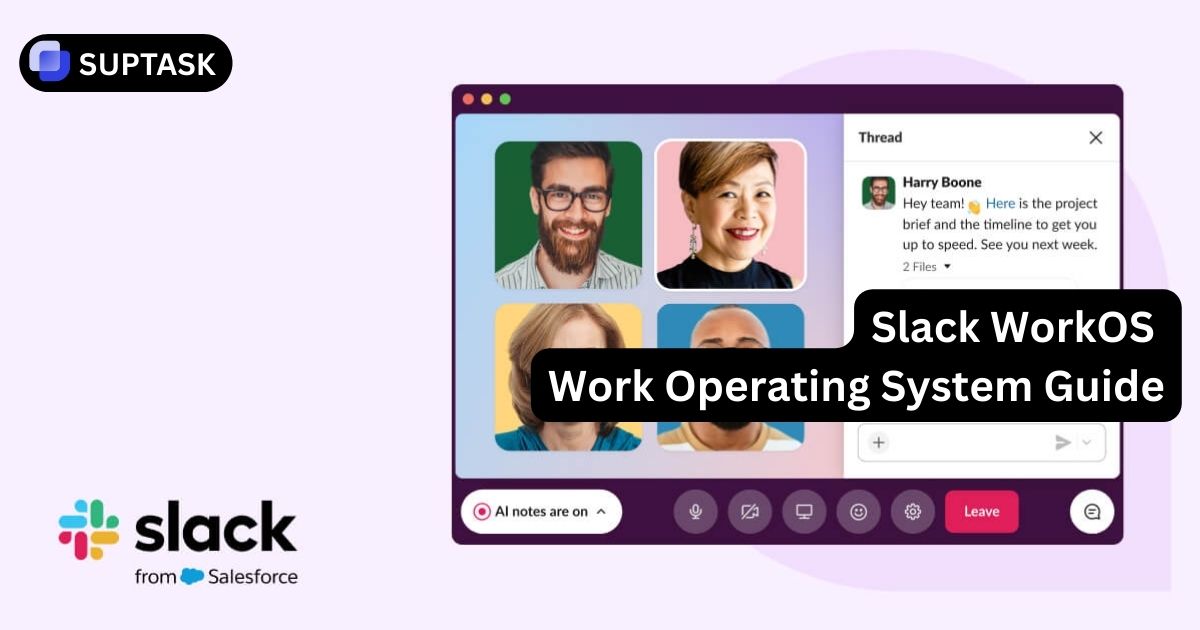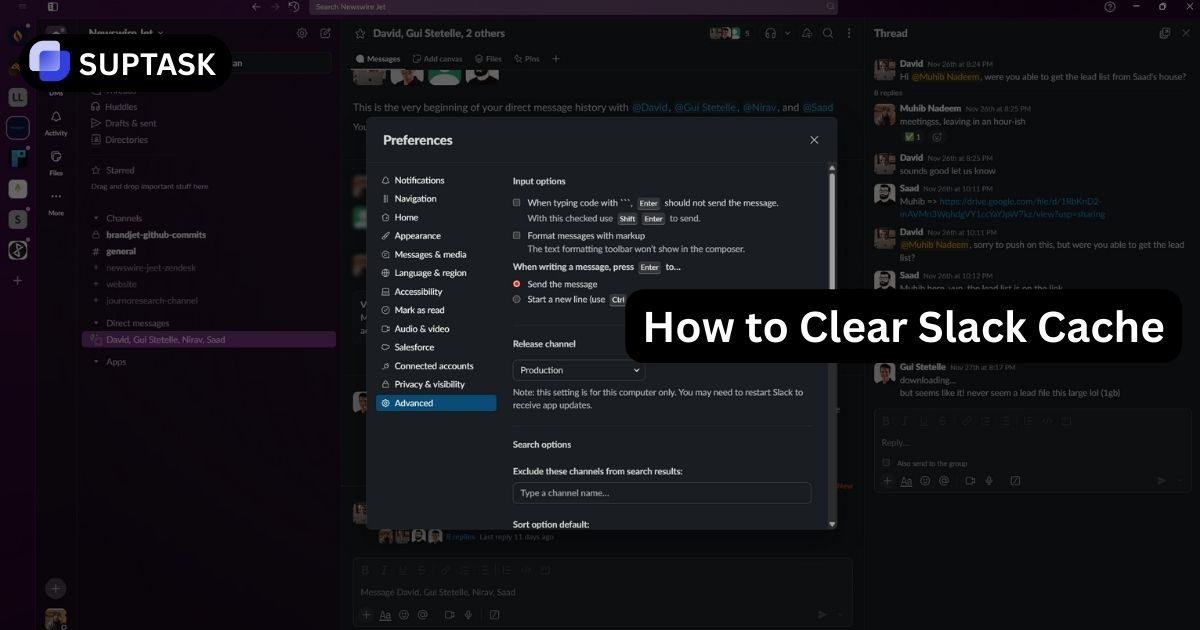In the modern world of business, an efficient help desk is essential for success. With customer expectations constantly on the rise, organizations must have a responsive and knowledgeable team to meet their needs. But how can businesses stay ahead and ensure that their help desk operations are optimized? This article will delve into 10 key best practices for help desks that can greatly enhance efficiency and customer satisfaction.
Key Takeaways
- Choose the right help desk software, prioritize user experience and streamline ticket management to optimize operations.
- Implement SLAs, utilize automation and integrate with other apps for improved efficiency.
- Embrace remote support, stay updated with industry best practices & ensure data security/compliance for exceptional customer service.
TOP 10 Help Desk Practices for Success
.webp)
- Choosing the Right Help Desk Software
- Prioritizing User Experience
- Streamlining Ticket Management
- Fostering Team Collaboration
- Implementing Service Level Agreements (SLAs)
- Integrate With Other Apps
- Make Data-Driven Decisions Using Analytics
- Use a Knowledge Base
- Make Use Of A Chatbot
A successful help desk is built upon a foundation of best practices guiding its operations, from choosing the right software to fostering a culture of collaboration among team members. These top 10 help desk practices provide a roadmap to success, enabling organizations to streamline processes, enhance customer satisfaction, and maintain a competitive edge in the marketplace.
By following service desk best practices, organizations can ensure that their help desk operates smoothly and effectively.
1. Choosing the Right Help Desk Software
Choosing the right help desk software or the best service desk software, alongside tools like people management software, is crucial for a successful investment and providing excellent customer service. When selecting a tool, there are four essential factors to consider: user-friendliness, integration with other tools, pricing, and scalability.
It's important to carefully evaluate each criterion to make an informed decision. In evaluating help desk software, several key features should be taken into account. These include ticket management, a self-service portal, automation capabilities, reporting functionalities, and analytics. By implementing the appropriate help desk software, your team will have the necessary tools to efficiently handle IT requests and ultimately enhance customer satisfaction.
Besides choosing help desk software that fits your business needs, conducting regular evaluations is vital to maintain its ongoing value. Here are some tips to help you:
- Stay informed about new features and updates.
- Be prepared to make adjustments as your organization grows and evolves.
- This will help maintain the effectiveness of your help desk software and guarantee a continued return on investment.
2. Prioritizing User Experience
User experience (UX) plays a vital role in the success of any help desk system, as it directly impacts customer satisfaction. To optimize user experience, help desk managers should prioritize designing an intuitive interface, establishing efficient processes, and gathering customer feedback for further improvements. Concentrating on UX allows help desk operations to better cater to end-users, promoting customer satisfaction and a more efficient support team.
Improving user experience involves simplifying navigation and optimizing processes in the help desk software. This makes it easier for customers to find information, minimizing frustration and enhancing overall satisfaction. Furthermore, gathering and acting upon customer feedback via satisfaction surveys helps identify areas for improvement, ensuring that the help desk meets the changing demands of its users.
3. Streamlining Ticket Management
Efficient ticket management is a cornerstone of effective help desk operations. Streamlining ticket management can be achieved by establishing specialized help desk groups, automating ticket assignment, and utilizing pre-drafted responses to optimize help desk productivity. Implementing a desk management software can further enhance these processes of halp ticketing.
Specialized help desk groups, including service desk teams, can direct customers to the appropriate team, leading to faster resolution times. Automating ticket assignment can reduce time and costs, allowing the help desk to detect and fix issues automatically.
Utilizing pre-drafted, canned responses can save help desk staff time on repetitive tasks and ensure that responses are relevant and tailored to each customer inquiry. Adopting these strategies enables help desk teams to optimize ticket management, enhance response times, and ultimately increase customer satisfaction.
4. Fostering Team Collaboration
Team collaboration is essential for the prompt and effective resolution of customer issues. A culture of collaboration within the help desk team can be fostered through knowledge sharing, pair coding, and collaborative troubleshooting. Encouraging knowledge-sharing and collaborative problem-solving not only promotes a supportive environment but also empowers team members to be more proactive in addressing customer concerns.
Understanding the motivations of help desk team members is also crucial. Gaining insight into their motivations can lead to more productive conversations and provide valuable insights for career growth. Cultivating a culture of assistance allows the help desk team to become more proactive and positions the help desk as a problem-solving ally for users.
5. Implementing Service Level Agreements (SLAs)
.webp)
Service Level Agreements (SLAs) are crucial documents that outline the services offered by a help desk, including expected response times and performance metrics. Well-defined SLAs ensure clear expectations, minimize misunderstandings, and improve overall service delivery. SLA policies can be customized for different ticket types, such as social media inquiries or VIP customer requests, with shorter response time targets.
In the event of an SLA breach, it’s vital to have an escalation hierarchy in place to ensure that the appropriate personnel are notified and can take corrective action. Monitoring and adhering to SLAs enables help desk teams to uphold high customer satisfaction levels and demonstrate their dedication to delivering outstanding support.
6. Utilize Automation
Automation is a powerful tool for help desk management, offering numerous benefits such as saving time, reducing manual tasks, and improving efficiency in ticket assignment, categorization, and prioritization. Implementing automation in help desk operations can decrease the amount of time spent on manual tasks, enhance efficiency, and reduce the need for manual intervention. Automation can also reduce the likelihood of errors and improve overall customer satisfaction.
To maximize automation in help desk management, it’s vital to:
- Maintain proper configuration and upkeep
- Conduct regular monitoring to verify correct function
- Perform routine testing to ensure it’s operating as expected
- Ensure that the automation is secure and compliant with any relevant regulations.
Automation can reduce the time spent on repetitive tasks. Incorporating a customer support ticketing system that integrates automated workflows will help agents focus on complex issues, ultimately improving productivity and service quality.
According to a 2024 report by Gartner, help desks that utilize automation saw a 35% increase in ticket resolution efficiency.
7. Integrate With Other Apps
By integrating help desk software with third-party applications, you can improve data flow, productivity of agents, and eliminate the hassle of switching between multiple tabs. This connection between your help desk software and other tools and systems creates a smoother workflow and enhances overall efficiency.
There are several third-party applications that can be seamlessly integrated with help desk software. These include project management tools, CRM systems, and communication platforms. By utilizing these integrations, help desk teams can conveniently access all the necessary information in a centralized location. This helps them prioritize exceptional customer service and efficiently resolve issues in a timely manner.
Suptask integrates with major apps like, Gitlab, Intercom, Zendesk, Salesforce, Github and JIRA. All of these integrations are handled through our Slack ticketing system.
8. Make Data-Driven Decisions Using Analytics
Data-driven decision-making is essential for optimizing help desk performance and identifying trends for improvement. Utilizing analytics to monitor help desk performance and identify trends allows help desk teams to implement improvements and make more informed decisions. Key metrics to track include ticket volume, response time, resolution rate, and customer satisfaction. Monitoring these metrics can provide valuable insights into areas that may require improvement or additional resources.
Real-time reporting is a valuable tool for both help desk agents and senior stakeholders. Platforms like Freshdesk provide several benefits, including:
- Interactive filters
- Drag & drop
- Search
- Customizable dashboards for real-time reporting
This level of visibility into data allows agents to efficiently prioritize tickets and receive updates, while senior stakeholders can monitor team metrics and make data-driven decisions to optimize help desk performance.
9. Use a Knowledge Base
A help desk knowledge base is a valuable resource for providing self-service options to customers, reducing the strain on help desk agents, and empowering users to find solutions to their issues. An extensive knowledge base can include how-to guides, troubleshooting tips, and answers to frequently asked questions. Regularly updating and maintaining the knowledge base ensures that customers have access to accurate and up-to-date information.
In addition to being a valuable resource for customers, a knowledge base can also benefit help desk agents by serving as a centralized repository for internal training and onboarding materials. By encouraging both customers and internal teams to utilize the knowledge base, it enhances the efficiency and effectiveness of help desk operations. This ultimately leads to improved customer satisfaction and reduced workload for agents.
10. Make Use Of A Chatbot
Integrating chatbots into help desk operations can greatly enhance customer support. Chatbots are capable of addressing common inquiries, allowing help desk agents to concentrate on more intricate issues. With the implementation of chatbots, organizations can deliver instant assistance, promptly resolve typical queries, and ultimately enhance the overall customer experience.
Integrating and managing chatbots can pose challenges. It is crucial to set up, maintain, and monitor chatbots correctly in order to ensure their efficiency and accuracy in delivering information to customers.
Despite these challenges, chatbots can offer significant benefits, including 24/7 customer service, reduced costs, and enhanced customer satisfaction.
Leveraging Technology and Integrations

Leveraging technology and integrations can greatly enhance help desk operations by automating processes, harnessing the power of AI and chatbots, and utilizing third-party integrations with tools like Suptask.
Keeping up with technological advancements and adapting help desk operations accordingly is crucial for organizations to maintain an efficient and effective customer support experience.
Automating Processes
Implementing automation in help desk processes can yield substantial time savings, minimize manual tasks, and enhance overall efficiency. By automating functions like ticket assignment, categorization, and prioritization, help desk agents are able to redirect their focus towards addressing more pressing matters that necessitate human intervention.
To fully leverage the advantages of automation, it is essential to ensure that automated processes are set up and maintained correctly. Regular testing and monitoring are also crucial to guarantee their efficiency. By integrating automation into help desk operations, organizations can streamline procedures, reduce errors, and improve customer satisfaction.
Harnessing AI and Chatbots
AI and chatbots have the potential to revolutionize customer service by providing instant support, answering common queries, and improving the overall customer experience. By leveraging AI and chatbots in help desk operations, organizations can free up help desk agents to focus on more complex issues and deliver a higher level of support to customers.
Successful implementation of AI and chatbots requires proper configuration, maintenance, and monitoring to ensure their effectiveness and accuracy in assisting customers. Despite the challenges associated with implementing and maintaining chatbots, the benefits they offer in terms of 24/7 customer service, reduced costs, and enhanced customer satisfaction make them a valuable addition to help desk operations.
Utilizing Third-Party Integrations with Suptask
By integrating Suptask with third-party applications, help desk operations can be greatly improved. This integration allows for smoother workflows, increased collaboration among team members, and overall enhanced performance. By connecting Suptask to other tools and systems like Slack ticketing system or hr ticketing system, organizations can create a seamless workflow that maximizes efficiency.
Suptask offers seamless integration with a variety of popular third-party applications, including project management tools, CRM systems, and communication platforms. This integration allows help desk teams to access all the necessary information in one convenient location. By streamlining their workflow, teams can prioritize delivering exceptional customer service and resolving issues efficiently.
FAQs
What is the best way to measure the efficiency of a help desk?
Use metrics like ticket resolution time, customer satisfaction score (CSAT), and first response time to gauge efficiency.
How often should help desk software be updated?
Regular updates should be scheduled at least quarterly or whenever significant feature improvements or security patches are available.
What are the common challenges in implementing automation in help desks?
Common challenges include ensuring proper configuration, training staff, and handling edge cases that automation cannot manage efficiently.
Can small businesses benefit from chatbots in help desks?
Yes, chatbots are cost-effective for small businesses by providing 24/7 support and reducing the load on human agents for repetitive queries.
What are the key features to look for in help desk software?
Look for ticket management, analytics, integration options, scalability, and self-service portals.













